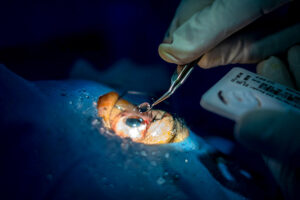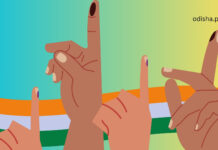OdishaPlus Bureau
Many people around the world come forward to donate their organs. Likewise people are also announcing to donate their eyes before their death. Even if one person dies, he/she can help other people to see the world. Odisha has made great strides in corneal transplantation by the ‘Drushti daan’ Institute.
The programme was started in 2002 by ‘Drushti daan’ in Odisha. The programme became more popular in 2007 when the institute merged with LVPEI (LV Prasad Eye Institute) and after that ‘Drushti daan’ has become a major part of LVPEI Eye Bank.
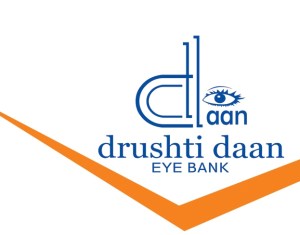
Corneal Blindness:
Cornea is the transparent or clear outer layer at the front portion of the eye. Corneal Blindness is not congenital, rather eye injuries, complications in eye operations, infections and post complication of Cataracts can lead to Corneal Blindness. In India this is often caused by the lack of awareness or access to medical care. In India, cornea processing pre-cut machine and various modern medical equipment is used to collect Cornea which is then provided to recipients by ‘Drushti daan’.
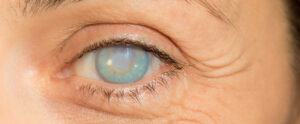
Cornea Transplantation:
Cornea transplantation is just like other surgeries. The patients need to consult with doctor on a regular basis. Corneal transplant is now possible without stitches. Due to advancement in medical science, many patients can see the world by the help of Cornea Transplantation.
“When a person dies, he or she can donate organs to help others. So it’s a request to everyone to come forward for eye donation. Both the eye donor and his family are important for us. His/her family members are urged to cooperate in eye donation after death of the person. By doing such a great deed, a blind person will regain his sight” said Dr. Sujata Das on the occasion of National Eye Donation Fortnight. Dr. Das has been associated with LVPEI for a long time. She is also known as a renowned expert in the field of Cornea Transplantation.
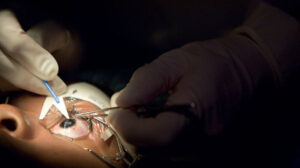
Corneal disease is a major cause of blindness in India. Of the 10 million blind in India, over 2 million Indians are affected by corneal blindness while 60% of them are below the age of 12. This could be due to corneal disease, injury or infection. Cornea Transplantation is the only known cure for corneal blindness, which is made possible by the donation of healthy corneas by individuals upon their death.
The LVPEI Eye Bank network in India that has largely impacted the reduction in wait-times for Cornea Transplantation. In 2019, it achieved the milestone of crossing the one-lakh mark in cornea collection. In addition to using the corneas for performing corneal transplant surgeries within the LVPEI network, the institute also distributes corneas to surgeons outside the LVPEI network. 40% of the corneas distributed throughout India for sight-restoring corneal transplant surgeries last year were provided by the LVPEI Network Eye Banks.
Only an eye donation from a deceased person can help restore the sight of a corneally blind person. One person donating cornea can save two people from blindness or cure them. Lack of awareness, myths and fears associated with eye donation are responsible for people not donating their eyes. The current cornea collection in India is able to cater to only one-fourth of the patients in need of corneal transplant surgeries. The magnitude of corneal blindness is huge and its adverse impact on a nation is even bigger.
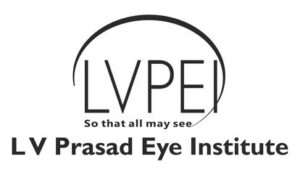
Sight restoring corneal transplant surgery is performed at LVPEI’s Mithu Tulsi Chanrai Campus in Bhubaneswar, Odisha. The state-of-the-art Drushti daan Eye Bank at LVPEI’s Bhubaneswar Campus aims to increase eye donations in Odisha and the neighbouring states and make these regions corneal blindness free. All the core functions such as procurement, evaluation and distribution of corneas to all the surgeons in the state are performed at this eye bank. Since its inception in 2007, the Drushti daan Eye Bank at LVPEI has collected 9756 corneas.
Busting some of the common myths and fears associated with eye banking:
Is it safe to donate eyes during COVID times?
Yes, provided the needed safety measures and best practices are followed.
Who can be a cornea donor?
Anyone across any age group can donate their eyes after death. Even people with diabetes, asthma, hypertension, who had undergone cataract surgery in addition to persons wearing spectacles, can also donate eyes.
Can a COVID infected person donate eyes?
Yes, provided the person has recovered from COVID infection and the cause of death is not active COVID infection or its complications.
Is the whole eye removed for getting the cornea?
No. Only the thin transparent layer in front of the iris called the cornea is removed. The eyeball remains intact.
Will donating eyes disfigure the face?
As the eyeball remains intact even after removing the cornea, removal of the cornea does not cause any disfigurement.
How quickly should the corneas be removed after death?
Corneas should be removed within 9 hours of death.
Is it necessary to take the deceased/donor to the hospital for eye donation?
The eye bank team will go to the donor’s residence or the hospital (where the death occurs) and will perform the corneal excision (removal).
Will the donor family know the identity of the recipient?
No. The donor-recipient information is kept strictly confidential.
Does the donor family receive any fees?
No. It is illegal to buy or sell human eyes, organs or tissues. The entire cost of cornea retrieval is borne by the eye bank.
Do religious authorities approve of eye donation?
Yes, all religious faiths support this.
Are all corneas fit for corneal transplantation?
Corneas of persons suffering from AIDS, Jaundice, Rabies, Syphilis, Tetanus, Septicemia and viral diseases are considered unfit for transplant.
Are potential donors screened for contagious diseases?
Yes, only corneas from donors free of contagious diseases are used for transplantation.
What happens to corneas that are not used for surgery?
These corneas are used for research on eye diseases and surgical training related to eye surgeries.
